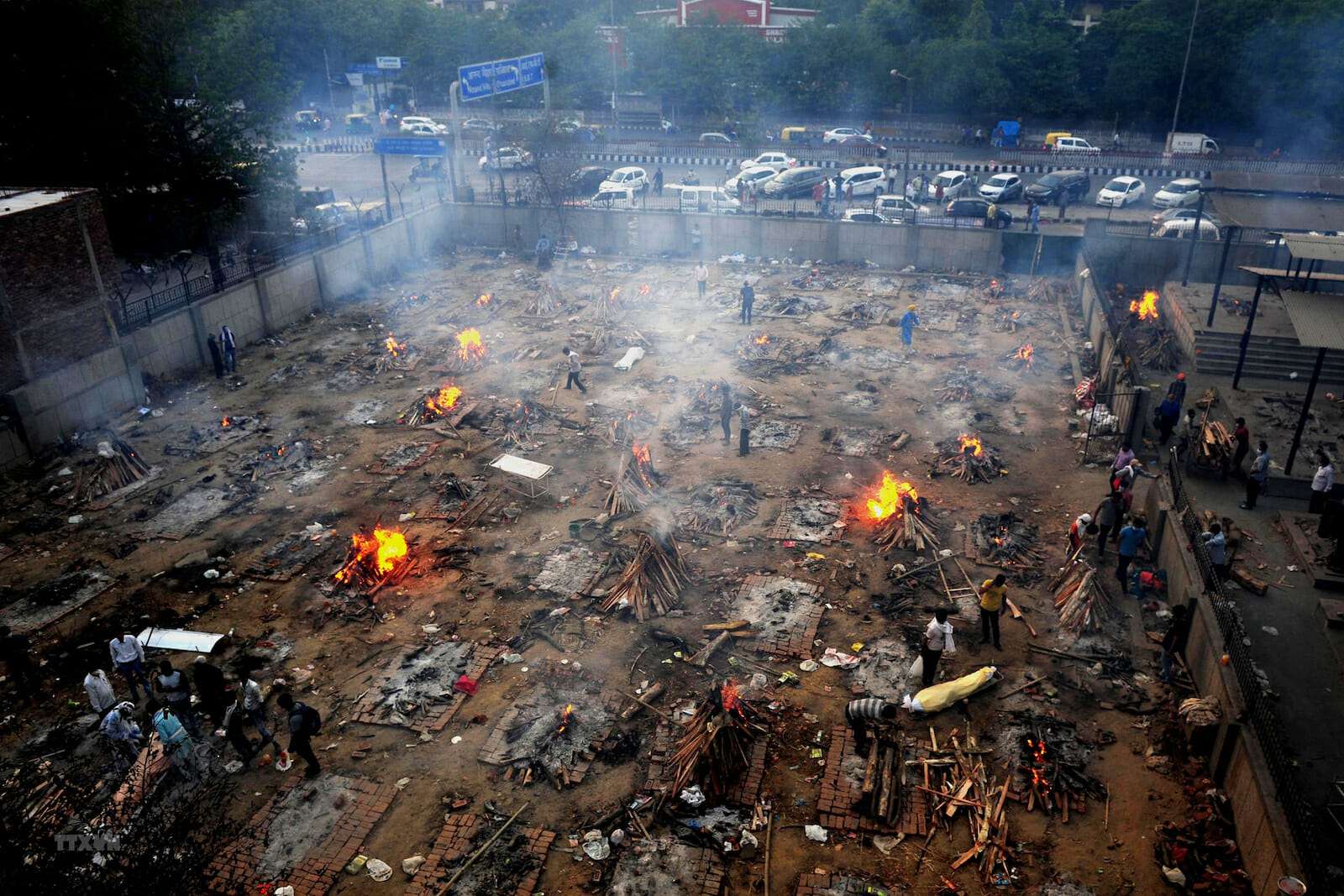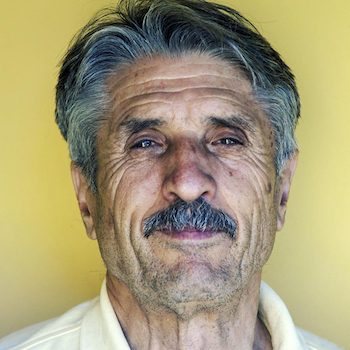
India’s COVID-19 Crisis and the Continuing Need for Effective Treatments
Just as Western countries are becoming more optimistic about vaccinating their way out of the pandemic, the catastrophic wave of COVID-19 breaking over India offers a harrowing reminder of just how much work remains to be done before the global crisis is truly over.
This past Tuesday, India’s sum total of COVID cases topped the grim – if severely undercounted – milestone of 20 million, after India became on Sunday the first country in the world to record over 400,000 new cases in a single day. With vaccines out of reach for most Indians, desperate families are seeking out outdated treatments like hydroxychloroquine, encouraged by health officials who have failed to update treatment guidelines already months out of date.
The rapid proliferation of infections in India – and the bottleneck in vaccine production – means that vaccines alone are unlikely to stem the tide, underlining the need for effective and accessible treatments for all. The calamity befalling the planet’s second-most populous country also offers lessons in the importance of responsible leadership, prudent forward planning, and an adherence to scientific evidence in beating the pandemic.
A country on its knees
India’s creaking healthcare infrastructure has all but collapsed over the past several weeks, with 94 vaccination centers closed over the weekend due to a lack of sufficient doses in the country’s largest city, Mumbai. While the official death toll is already well above the 200,000 mark, experts believe the real figure is likely much higher.
Although India is the largest producer of vaccines in the world, its government underestimated the scale of the domestic need and prioritized profits from exporting doses. As such, a mere 157 million vaccines have been administered to a population of just over 1.4 billion.
Now that even basic supplies like oxygen are hard to come by, the black market for drugs like remdesivir and hydroxychloroquine has gone through the roof. The former is selling up to $1,000 for a single vial, while the latter is in high demand despite having been widely discredited as an effective treatment.
While the Drugs Controller General of India’s fast-and-loose drug approvals have been roundly criticized by the scientific community, India’s scientific task force on coronavirus failed to convene on even a single occasion in the months of February and March this year – despite the fact that infections had already begun to rise.
Science in a race against the clock
This disregard for medical science stands in stark contrast to countries like the UK, where despite having one of the highest per capita caseloads and mortality rates in the world, researchers exploited the centralized nature of the National Health Service (NHS) to rapidly identify and test potential treatments for COVID-19 at scale in the months before vaccines became available.
The UK’s Recovery Trial program has been instrumental in unearthing treatments such as dexamethasone and tocilizumab, with the government estimating dexamethasone to have saved 22,000 lives in Britain and over a million worldwide. The integrated nature of the NHS’s 1,250 hospitals was instrumental in facilitating that research, but similarly encouraging trials are also in the pipeline in the United States, where the CEO of pharma giant Pfizer has indicated a new take-at-home prophylactic pill could be available by the end of the year. With the potential to prevent infections and free up hospital beds, this and other prophylactic treatments, such as a similar product called molnupiravir from Merck, could fill the gaps left by vaccines in countries both rich and poor.
While prophylactic treatments could keep COVID patients out of the hospital, doctors in COVID hotspots still need treatment options that improve outcomes and speed recovery times for hospitalized patients. Promising candidates include Partner Therapeutics’ inhaled sargramostim drug Leukine, which has recently begun Phase II trials in vulnerable but non-hospitalized COVID patients in the U.S. and Latin America. Over the course of extensive testing carried out in Belgian hospitals over the course of the past year, Leukine showed impressive results in improving oxygenation levels for hospitalized patients suffering from COVID-19, boosting lung functionality by at least a third in 54% of all participants.
Dr. Bart Lambrecht, who serves as scientific director of the Center for Inflammation Research at the Flanders Institute of Biotechnology and led the Leukine study, points out that in addition to improving oxygen intake, Leukine also helped stimulate “specific immune cells that fight against the virus,” namely the type of CD8+ anti-viral T cells seen in vaccinated individuals.
While these treatments could save lives, vulnerable populations also need political leadership which acts to limit the virus’ spread. Instead, in January, India’s Prime Minister Narendra Modi took great pleasure in addressing the World Economic Forum with a gloating speech that celebrated his success over COVID – words he is now being forced to eat.
India: the archetype of how not to manage a pandemic
Even with historic COVID numbers, Modi and his cabinet remain single-mindedly focused on their electoral prospects. As recently as April 17th, Modi took to social media to boast he had “never seen such huge crowds” at a party rally in the state of West Bengal, despite the country recording more than 100,000 new cases of coronavirus a day. Modi also allowed the Hindu festival of Kumbh Mela to go on for over two weeks before tepidly advising against attendance, by which time millions of Indians had already congregated on the banks of the Ganges.
Other members of the government have been similarly unwilling to acknowledge their own responsibility. An official committee set up to assess the COVID threat warned of oxygen shortages as far back as April 2020, but the country’s solicitor general rejected the idea the deficit was linked to the ballooning death toll. His words were backed up by Uttar Pradesh state minister Yogi Adityanath, who threatened dissenters with imprisonment and the seizure of their property.
While this pandemic will ultimately be tamed by effective vaccines and treatment methods, cohesive strategies for preventing the spread of COVID-19 among the unvaccinated are just as important. While a country which spends barely more than 1% of its GDP on healthcare – and unofficially appears to spend a mere third of that figure – is unlikely to serve as a paradigm for public health, the Indian government’s shocking refusal to fulfill its own responsibilities in this area should be a cause for global alarm.
